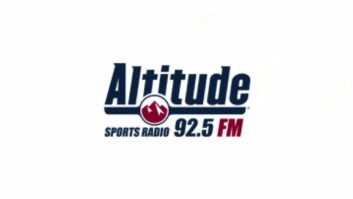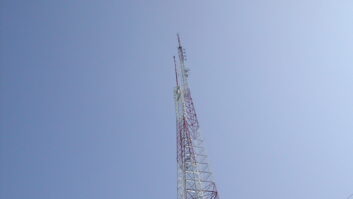The NAB FASTROAD technology advocacy project this week released a preliminary report on field testing of FM HD Radio asymmetric sidebands, conducted by iBiquity Digital Corp.
FASTROAD co-funded the work with iBiquity.
While many FMs have taken advantage of the FCC’s ruling okaying a power increase on digital sidebands, FASTROAD says, other FMs are limited by the presence of a close upper or lower first-adjacent signal. In these cases, according to a summary of the report in the NAB Radio TechCheck newsletter, it would be helpful if the FCC allowed broadcasters to operate the upper and lower digital sidebands at different power levels.
IBiquity conducted the field tests described in the report (PDF) on Greater Media’s WKLB(FM), Waltham, Mass., which had experimental authorization from the FCC for the drive tests. Digital coverage measurements were made using the test vehicle on test routes taken north and south of Boston.

The report characterizes the digital coverage improvement that may be realized by a typical FM Class B station using asymmetric digital sidebands. Using this transmission method, stations can mitigate potential first-adjacent digital-to-analog interference by independently adjusting the upper and lower IBOC digital sideband levels, thus maximizing the allowable power in the digital sidebands, according to the document.
NAB’s newsletter provided a sampling of the results, shown. “These maps compare the digital coverage obtained on the northerly route using symmetric then asymmetric digital sidebands,” it stated. “The test route is shown as the green and yellow line, which indicates for any location along the route whether the receive mode was digital (green) or had blended to analog (yellow) because of some RF signal impairment (e.g., blockage, interference, weak signal, etc.). The symmetric case is shown in the map at left; this case is representative of a station that is operating at a total digital power level of –14 dBc, which is the FCC’s ‘blanket’ authorization level for higher-power FM IBOC operation. In the asymmetric case shown at right, the upper digital sideband level is unchanged, but the lower digital sideband level is now increased by 3.25 dB, resulting in a total digital power level of -12.1 dBc.”
NAB stated that this example is representative of a situation where a station has a closely-spaced upper first-adjacent signal, but no closely-spaced lower first-adjacent signal. “The increased digital coverage due to the asymmetric sideband operation is apparent in the region pointed to by the white arrow (in the map at right).”
IBiquity is conducting additional lab tests on asymmetric operation, and FASTROAD hopes to release those results soon. With these results, and those from NPR Labs tests conducted with Nautel on WAMU(FM), Washington, IBOC proponents hope the data will provide the basis to ask the FCC officially to allow the use of asymmetric sidebands.
IBiquity Field Test and Implementation Manager Russ Mundschenk will talk about the asymmetric sideband tests at the Broadcast Engineering Conference of the NAB Show on April 10; immediately following in the same room NPR Labs, Nautel and WAMU will present their findings.
FASTROAD stands for Flexible Advanced Services for Television & Radio on All Devices.












